TMTPost.com
|Technology Leads the New Economy|

Huawei currently procures some chips from its subsidiary HiSilicon Semiconductor. However, HiSilicon’s chips utilize ARM’s underlying technology.
TMTPost Note (WeChat ID: taimeiti): According to BBC reports, the British chip design company ARM has informed its employees that all business with Huawei must be suspended. ARM’s designs form the basis of most mobile device chips globally. Many chips designed by Huawei’s HiSilicon are manufactured using ARM’s foundational technology and require payment of patent licensing fees. What impact will ARM’s suspension of cooperation with Huawei have? The following authors, Qian Ming, Annie, Xiao Cha, and Guo Yipu, source from QbitAI. Published with permission from TMTPost, slightly edited by TMTPost.
Unexpected! Huawei faces its most severe challenge.
According to the latest BBC report, internal documents indicate that ARM, under Masayoshi Son, has instructed employees to suspend all business dealings with Huawei and its chip company HiSilicon.
This means that even Huawei’s backup chip plans in response to the US ban have been impacted.
ARM’s designs are the foundation of most mobile device chips globally. Many chips designed by Huawei’s HiSilicon are manufactured using ARM’s foundational technology and require payment of patent licensing fees.
The leaked documents show that ARM officially instructed employees to suspend all “valid contracts, support allowances, and any unsigned agreements” with Huawei and its subsidiaries to comply with a recent US trade restriction measure.
Analysts have stated that if this action is enforced long-term, it will be an “insurmountable” blow to Huawei.

Before being acquired by Masayoshi Son’s SoftBank, ARM, headquartered in Cambridge, was known as the largest technology company in the UK.
Why would a British company acquired by a Japanese firm choose to comply with US measures?
The company stated in a memorandum that their designs contain “US-origin technology.” Therefore, they believe they are affected by the Trump administration’s ban. Additionally, the company has 6,000 employees and eight offices in the US.
ARM stated in a press release that it is “complying with all the latest regulations set by the US government,” but declined to comment further.
Huawei also issued a brief statement:
We value our close relationships with partners but also recognize the pressure some of them are under due to politically motivated decisions.
We believe this regrettable situation can be resolved, and our top priority remains to continue providing world-class technology and products to global customers.
Who is ARM?
ARM is a chip manufacturer established in 1990, originally part of the British Acorn Computers company.
In the late 1980s, Acorn collaborated with Apple to develop the ARM core. In 1990, ARM was spun off from Acorn to become an independent subsidiary, with Apple also holding shares in ARM.
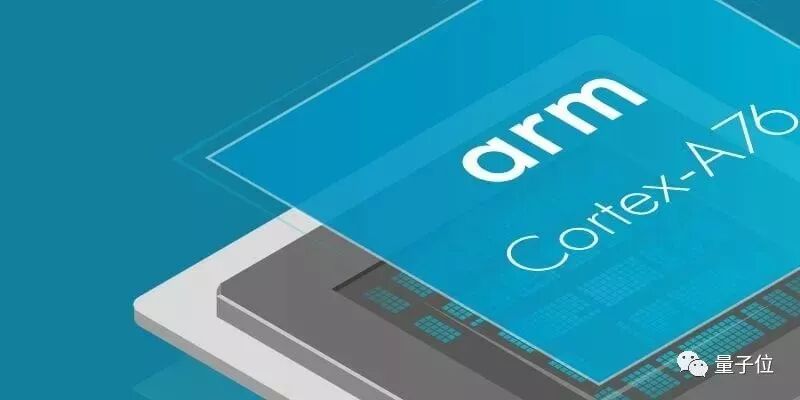
In September 2016, ARM was acquired by Masayoshi Son’s SoftBank for £24.3 billion (¥212.1 billion), but its headquarters remains in Cambridge, UK.
ARM does not manufacture computer chips itself; its main business is licensing its semiconductor technology, packaging technology and tools for sale, allowing purchasing companies to use ARM technology for a specified period.
This technology is the renowned ARM architecture in the chip industry.
According to ARM’s market share data released at the SoftBank 2017 World Conference, ARM architecture accounts for over 99% of the market share in smartphones and modems, and over 95% and 90% in automotive smart hardware and wearable devices, respectively.
Sometimes, chip manufacturers only need to obtain ARM’s licensed architecture or “instruction set,” which determines how processors handle commands. In this case, chip manufacturers can achieve maximum design freedom.
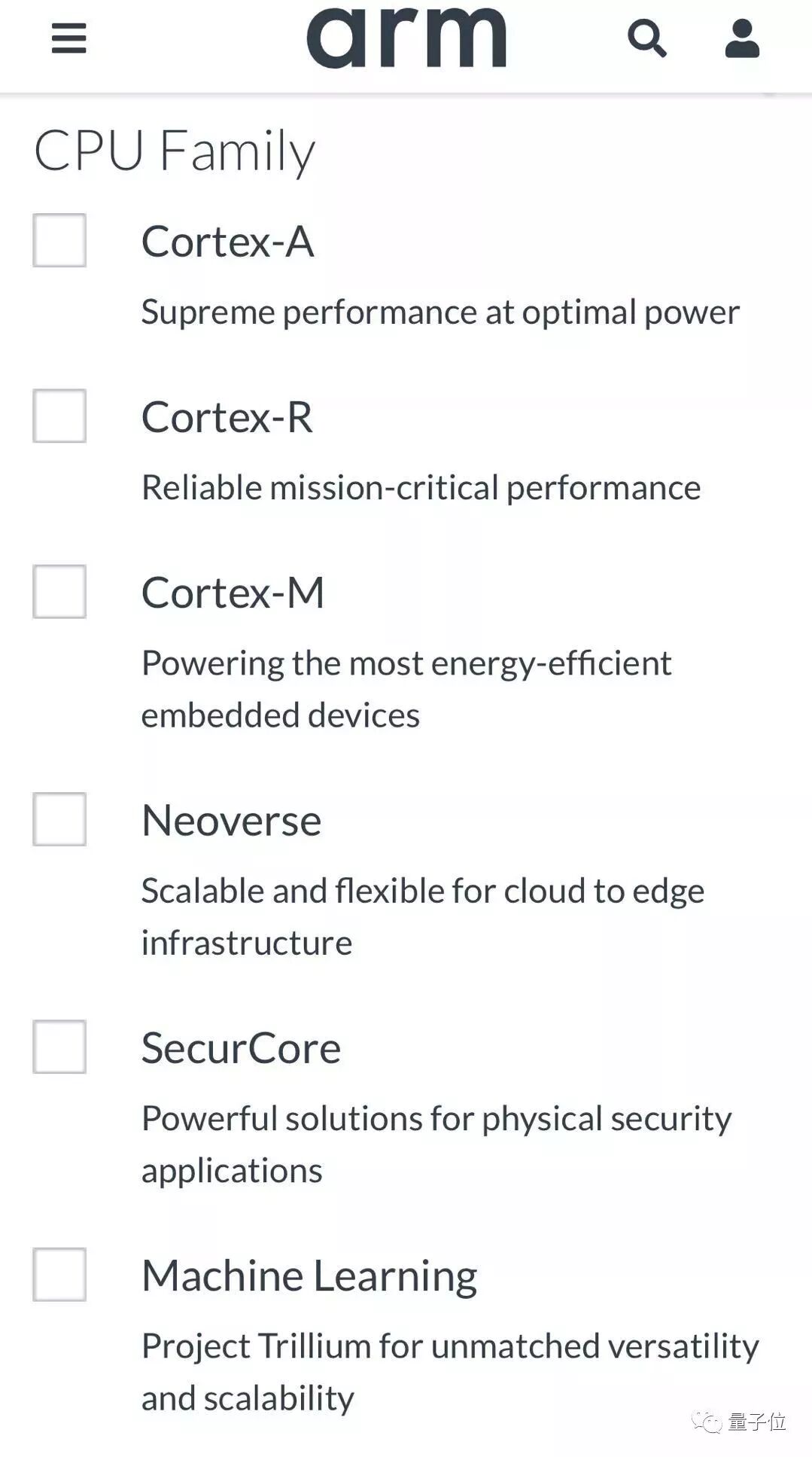
Additionally, manufacturers can apply for ARM processor core design licenses, which include the layout of chip transistors, and then combine them with other components to create chip systems.
Thus, major application chips like Qualcomm Snapdragon, Apple A series, Huawei Kirin, and Samsung Exynos, as well as others like Intel, IBM, Fujitsu, and LG, all utilize ARM technology at their core. As long as these chip manufacturers continue to use ARM technology, ARM can remain invincible and profit effortlessly.
In other words, the lifeline of these chip manufacturers is in ARM’s hands.
ARM’s US headquarters is located in San Jose, California, with offices in Washington, Arizona, Texas, and Massachusetts. This is why ARM’s designs are linked to Trump’s ban.
“Unfortunate Situation”
Following the US Department of Commerce’s addition of Huawei to the “Entity List,” restricting its purchase of US technology, ARM employees were notified of this decision on May 16.
BBC has also confirmed that it has seen ARM’s memorandum dated May 18, which details the impact of the export ban.
On Tuesday, May 21, the US Department of Commerce announced a 90-day “limited exemption” period for Huawei, temporarily allowing Huawei to purchase US-made goods.
However, an ARM insider stated that employees had not been informed that they could continue to cooperate with Huawei or its subsidiaries.
ARM’s spokesperson also declined to disclose the status of current contracts with Huawei.

A memorandum shows that upper management instructed ARM employees to suspend all interactions with Huawei and its subsidiaries.
ARM employees received instructions to inform Huawei (or related) employees that due to the “unfortunate situation,” they could not “provide support for the delivery of technology (whether software, code, or other updates), participate in technical discussions, or discuss technical issues with Huawei, HiSilicon, or any other designated entity.”
ARM employees who come into contact with Huawei employees at industry events must “politely refuse and cease” any business-related conversations, emphasizing that individuals may bear personal responsibility for violating trading rules.
This ban also appears to apply to ARM China, a joint venture established last year with a Chinese investment consortium, in which ARM holds a 49% stake, aimed at enabling ARM to support product development and sales in the Chinese region.
Insurmountable Obstacles
Huawei previously revealed its “Plan B,” which involves developing its own operating system, and has been underway for some time. However, Huawei is struggling to procure domestic components of sufficient quality.
Huawei currently procures some chips from its subsidiary HiSilicon Semiconductor. However, HiSilicon’s chips utilize ARM’s underlying technology.
While HiSilicon and Huawei can continue to use and manufacture existing chips, the latest ban means they cannot obtain support from ARM for hardware development in the future.
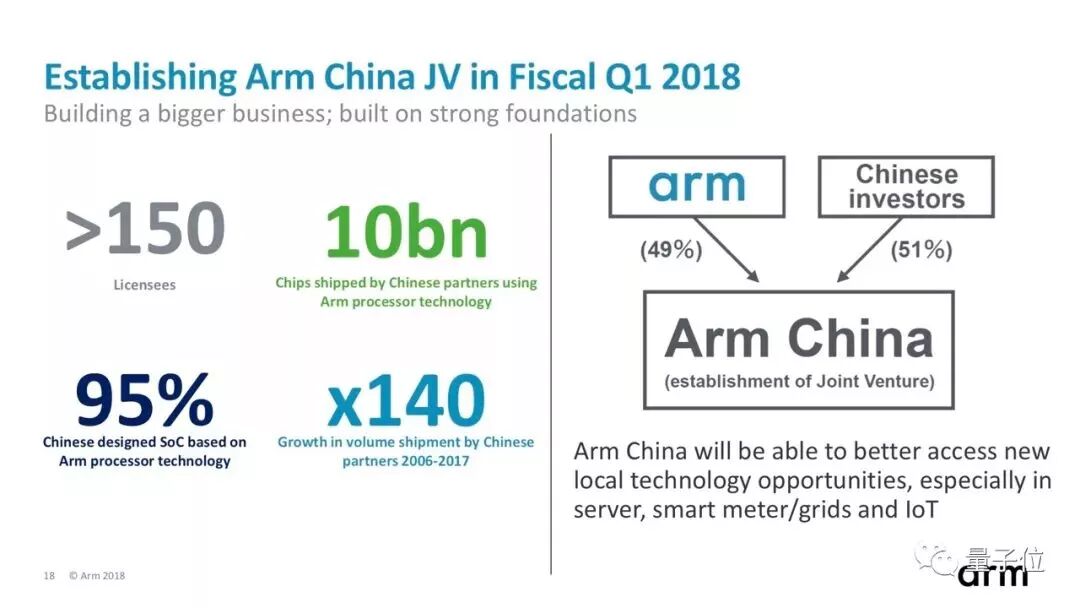
According to the latest data released by ARM, in 2017, ARM’s market share for mobile processors exceeded 90%, with 95% of SoCs designed in China based on ARM technology.
Not only does the Kirin processor used in mobile phones utilize ARM architecture, but GPUs, baseband chips, and peripheral chips also have ARM licenses. Other smart devices, such as smartwatches and routers, also use processors based on ARM architecture.
In the field of autonomous driving, ARM’s market share is 50%. Only the server market remains unopened, with a market share of only 1%, but Huawei’s self-developed server chip Kunpeng 920 uses ARM architecture.
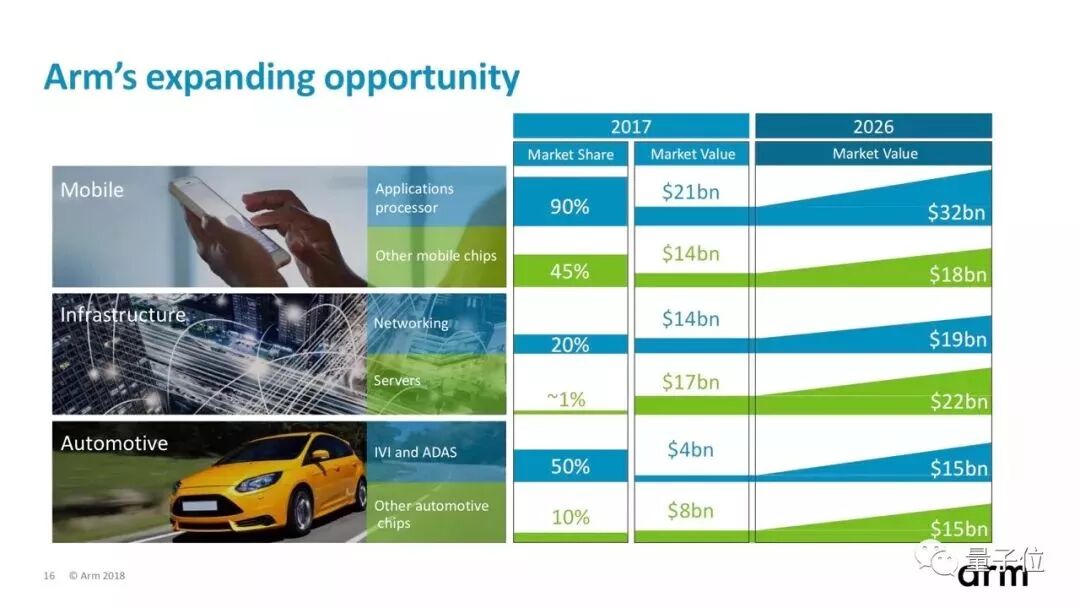
In the second half of this year, Huawei devices will use the upcoming Kirin 985 chip from Shanghai’s Siji. According to ARM sources, this chip is expected not to be affected by the ban.
However, sources indicate that Huawei’s next-generation chip is not yet complete and may require them to start designing from scratch.
The relationship between ARM and Huawei engineers is currently very tense. Earlier this month, Huawei announced plans to establish a research center near ARM’s headquarters in Cambridge, UK.
“ARM is the foundation of Huawei’s smartphone chip design, so this is an insurmountable obstacle for Huawei,” said Geoff Blaber, vice president and semiconductor industry analyst at CCS Insight.

“In other words, due to the actions taken by many companies in Huawei’s supply chain to comply with the US ban, Huawei’s operational capabilities have been severely impacted.”
It is still unclear whether ARM’s cessation of cooperation with Huawei is based on its interpretation of the US ban or a notification from the US Department of Commerce.
Lee Ratliff, an analyst from IHS Markit, commented: “If this interpretation is correct, it will affect every semiconductor company in the world. They cannot easily replace these components with new internal designs, as China’s semiconductor industry is just beginning.”
Some commentators have noted that the anti-globalization stance of Trump is achieving its goals through globalized means.
Huawei Holds On
Facing severe challenges, Huawei has only one choice: to hold on and weather the storm.
Zhihu’s excellent answerer on the CPU topic @JZWSVIC stated that the current situation is not too pessimistic because Huawei has already obtained a permanent license for the ARM architecture.
JZWSVIC analyzed that the existing instruction set obtained is not affected, as it already includes the basic instructions of the ARM instruction system; the main concern is that subsequent extended instruction sets may not be licensed.
In other words, if Huawei has the capability, it can conduct its own similar extensions, define instruction sets, and develop execution units and pipeline paths, which can serve as a test of its self-developed architecture and compiler capabilities.
Many Zhihu users agree with this view, noting that since the Kirin 980 chip, Huawei has begun to significantly “modify” the ARM underlying instruction set.
Huawei’s acquisition of a permanent license for the ARMv8 architecture indicates a move towards greater independence from ARM constraints in the future.
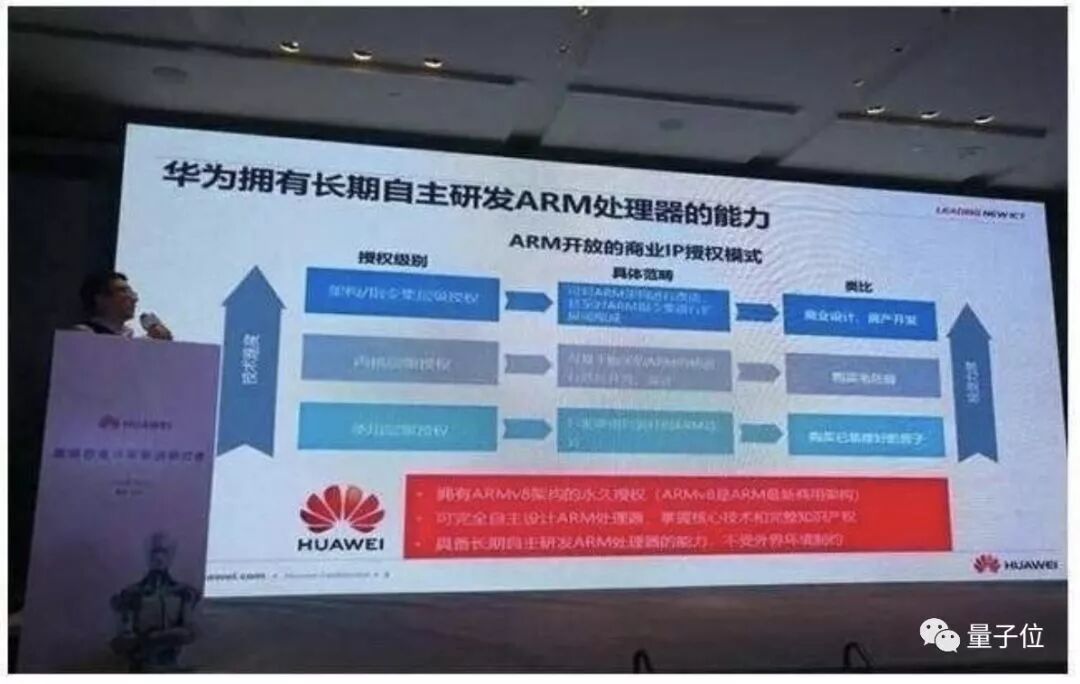
Some Weibo users have stated that if Huawei successfully overcomes this challenge, it will be hailed as a hero, and the development of high-tech technology in China will usher in a springtime.
If Huawei fails to overcome this challenge, other Chinese high-tech companies like DJI will also be stifled, making it difficult for China’s high-tech sector to emerge, leading to complete reliance on foreign technology, and China will be at the mercy of capitalist countries.
This is Huawei’s situation; it is the vanguard in this “war” and cannot fall.
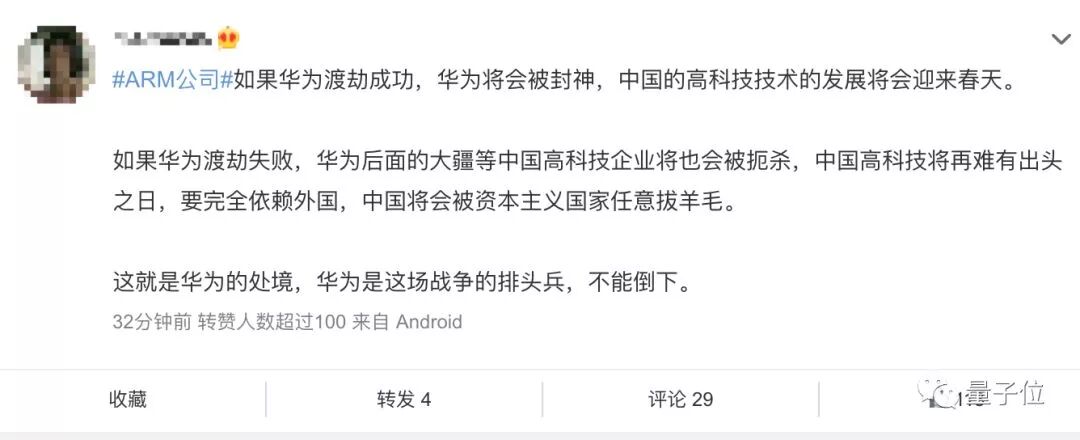
The real pain point lies not with ARM, but with the research in fundamental disciplines:

In the long run, ARM will not matter much:

Many people chose to cheer for Huawei at the first opportunity.
Trust Ren Zhengfei, hope he was well prepared; this winter is indeed very difficult.
If Huawei overcomes this challenge, it will be truly invincible; we hope so.
Huawei, hold on!!!
For Huawei, the suspension of supply from ARM is also an opportunity, providing Huawei with two things: one is an opportunity, and the other is a challenge.
Heaven will bestow great responsibilities on this person, and must first grind their mind and labor their muscles and bones.During the transition from the old architecture to the self-developed new architecture, Huawei must hold on and weather the storm.
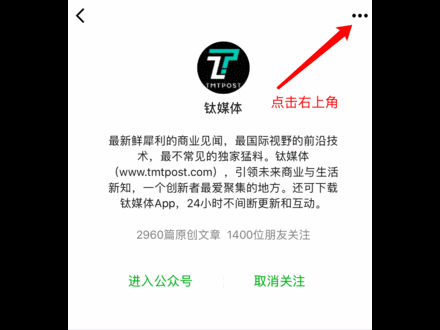
TMTPost and its subsidiary ITValue, in collaboration with the China Academy of Information and Communications Technology, held the 2019 National Digital Expo.
At the “Industrial Internet Night” exchange meeting, you will discuss forward-looking industry opportunities with top experts in the industrial internet field, gathering global resources and looking towards the future of business.
Countdown 4 days, stay tuned.
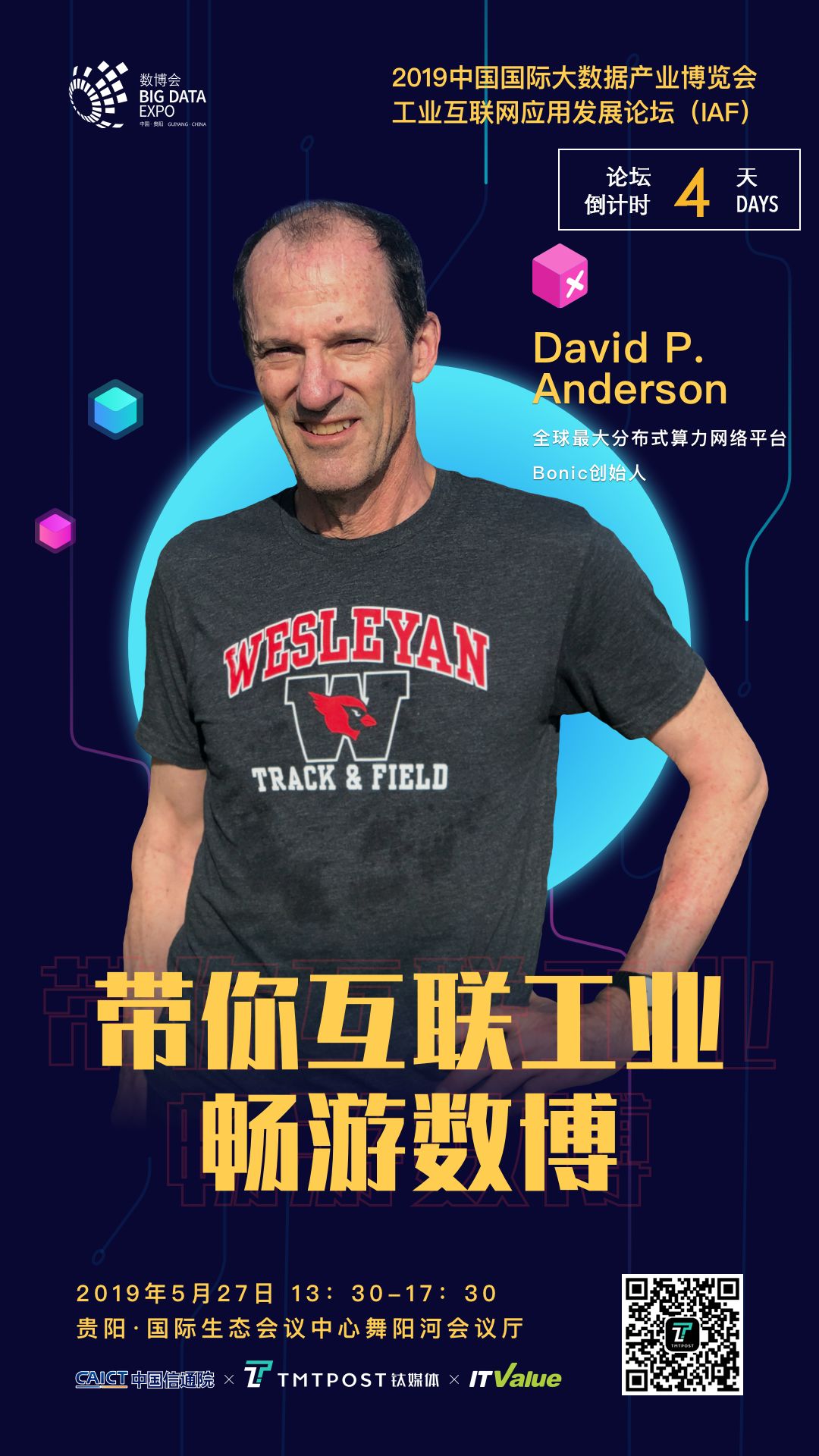
Click to read the original text, download the TMTPost App, exciting content not to be missed
